Women have come a long way in the medical profession since Dr. Elizabeth Blackwell became the first woman in the United States to earn an M.D. in 1849. While women physicians are now more widely accepted by the general public than Blackwell was in her day, challenges and obstacles remain that keep them from realizing their full potential as professionals.
Research has shown that diversity in the physician population leads to improved patient outcomes, increased innovation, and a deeper understanding of patient needs. Moreover, care provided by female physicians specifically has been linked to better communication, more patient-centered care, and even lower mortality rates. In this article, we’ll look at some of the trends driving increased medical school admissions—and at how gender bias continues to affect women in medicine once they become doctors.
Growth in Medical School Applications
For more than a century after Elizabeth Blackwell earned her M.D., medical colleges in the U.S. imposed limits on the number of women students they would admit—often as few as 4 to 6 percent of incoming classes, according to a 2022 article in The Washington Post. Women would be restricted by quotas until Title IX of the Education Amendments of 1972 came into effect, making it a legal requirement for all colleges that receive federal funding to treat students of both genders equally.
Since then, women have applied to—and been accepted by—medical schools in ever-growing numbers. In 2019, according to the American Association of Medical Colleges (AAMC), women overtook men as the majority of students in U.S. medical schools for the first time. In 2022-23, women accounted for 51.8% of all medical school graduates—a percentage in line with their representation in the overall population.
Challenges in Specialty Representation
In spite of these gains in medical education, only 37.1% of all working physicians were women as of 2021. As majority-female medical school classes enter the workforce, this underrepresentation is likely to vanish. However, AAMC statistics about physician specialties show that women still face a gender divide when it comes to the type of medicine they practice. Men held large majorities in the following specialties:
- Orthopedic surgery/sports medicine – 94.1%
- Interventional cardiology – 91.8%
- Thoracic surgery – 91.7%
- Neurosurgery – 90.4%
- Urology – 90.0%
Meanwhile, women were heavily overrepresented in specialties dealing with women’s health and the care of children and the elderly.
- Pediatrics – 65%
- Obstetrics and gynecology – 60.5%
- Pediatric oncology – 55.7%
- Geriatric medicine – 55.1%
- Child and adolescent psychiatry – 54.6%
This segregation has implications for physician earnings. For example, a 2020 study of gender segregation in medical specialties (figure 2) found that male-dominated specialties such as neurosurgery had the highest wages, while female-dominated specialties such as pediatrics had the lowest wages. Another study published in 2021 found that women earned less than men even when comparing doctors from the same specialty with similar levels of experience.
Gender Bias Persists in Medicine
The reasons behind this underrepresentation of women in specific specialties are multifaceted. They can include:
Gender Stereotypes: Certain specialties, particularly surgical specialties, are still viewed as traditionally masculine—active, problem-solving, and risk-taking. Meanwhile, specialties that involve caring for children, listening to others, or nurturing are perceived as traditionally feminine. A 2019 study of implicit bias in 43,000 healthcare professionals, for example, found that most associated “male” with “career” or “surgery” and “female” with “family” or “assistant”.
These lingering stereotypes build barriers for women who aspire to enter “male” specialties. Someone who doesn’t fit preconceived notions of what a neurosurgeon “looks like,” for example, may be subtly steered away from pursuing her desired specialty by mentors and instructors at every stage of her career. A 2017 Harvard study suggests that unconscious bias may also lead to women physicians’ decisions being questioned more often than those of men, and to lower rates of referrals from men.
Work-Life Balance: Like most professional women, women physicians tend to shoulder most of the work of raising a family and running a home. Many medical specialties demand rigorous schedules that conflict with family responsibilities. A 2022 Harvard Business Review article notes that a significant proportion of women physicians are planning to cut back on their practice or leave the medical workforce entirely.
Most studies show that this potential loss is due to work-life balance pressures. During the acute phase of the COVID-19 pandemic, for example, a study found that 25 percent of women physicians were responsible for childcare and schooling compared to just 1 percent of male physicians. The study also found greater incidence of symptoms of depression in women physicians who were parents.
Moving Beyond Gender Bias
Addressing the underrepresentation of women in specific medical specialties requires concerted efforts. Simply having more women enter the profession won’t be enough. To their credit, many healthcare organizations recognize the need to provide better support for female physicians to ensure they can practice in the specialties they want without being subjected to bias. Steps to support women physicians include:
Mentorship and Support: The absence of female mentors and role models in some specialties can make it challenging for emerging physicians who are women to envision themselves succeeding in those fields. Establishing mentorship programs and support networks can offer guidance, encouragement, and advice for younger doctors and students interested in underrepresented specialties.
Changing Perceptions: Efforts to challenge gender stereotypes by highlighting successful women in specialties where they are traditionally underrepresented can help alter perceptions and make these fields more welcoming and inclusive. So can efforts to train male physicians to recognize and diplomatically confront bias in themselves and others.
Flexible Work Environments: Promoting work-life balance can make medical careers more accessible and attractive to a diverse range of medical professionals. In addition, policies that support improved work-life balance can improve quality of life for physicians of all genders and their families.
Take Your Place in the Medical Profession
The strides made by women in medicine mark a significant shift in the landscape of healthcare. However, the journey toward complete gender parity in all medical specialties is ongoing. Acknowledging the challenges and actively working to dismantle barriers is crucial for a more inclusive and diverse medical community, where talent and skill are the sole determinants of success.
No matter what your gender is, you can contribute to a more equitable healthcare workforce. Find a Master of Science in Medical Sciences program with a Tiber Health university partner near you today.



